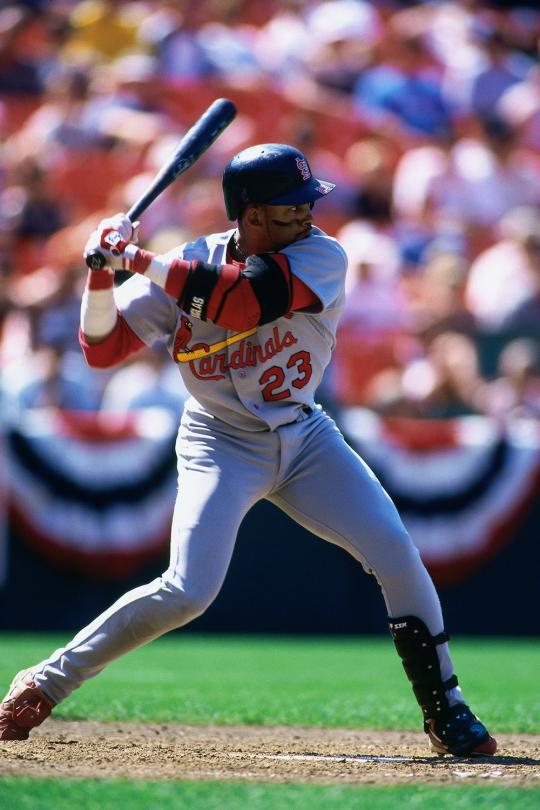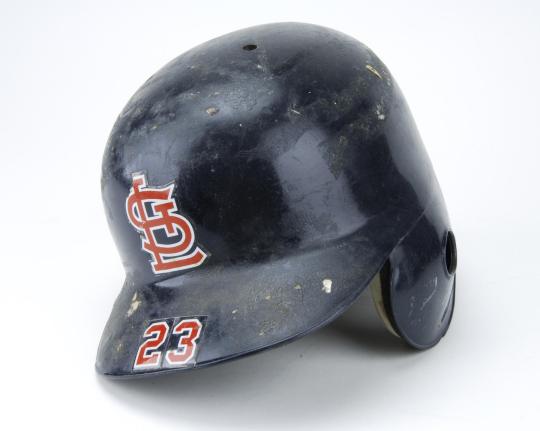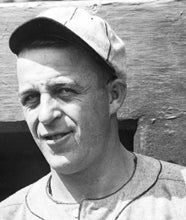- Home
- Our Stories
- #Shortstops: Tatis has a home in Cooperstown
#Shortstops: Tatis has a home in Cooperstown
Fernando Tatis Jr. has emerged as one of the faces of the game, an exciting young star on the field as well as the recipient of a recent record-breaking contract.
But two decades earlier, his father accomplished the near-impossible: Slugging two grand slams in a single inning.
And an artifact from that moment is preserved in Cooperstown.
Official Hall of Fame Merchandise
Hall of Fame Members receive 10% off and FREE standard shipping on all Hall of Fame online store purchases.
Hall of Fame Membership
There is no simpler, and more essential, way to demonstrate your support than to sign on as a Museum Member.
Tatis Jr., the 22-year-old shortstop with the San Diego Padres, made news across the baseball world when he agreed to a 14-year contract worth $340 million in February 2021. It was the third-largest contract in Major League history in terms of new total money added, trailing only Mike Trout and Mookie Betts, and the longest extension in terms of years added to a player’s contract.
Fernando Tatis Sr., the father of the player nicknamed “El Niño,” had a productive 11-season big league career spent mainly at third base with the Rangers (1997-98), Cardinals (1998-2000), Expos (2001-03), Orioles (2006) and Mets (2008-10). But it was what occurred thanks to a pair of powerful swings on April 23, 1999 that will forever live on in the sport’s long history.
Tatis Sr., who made his big league debut two years earlier at the age of 22, was playing the hot corner for the Redbirds and batting cleanup behind Mark McGwire, who set a single-season home run record of 70 the previous season, According to reports, Tatis Sr. was scheduled to bat fifth that night at Dodger Stadium until Eric Davis was a late scratch due to a bruised left hand.
After grounding out against Dodgers’ starting pitcher Chan Ho Park in his first inning at bat, Tatis Sr. soon stunned the crowd of 46,687 in attendance.
In the third inning, with Los Angeles holding a 2-0 lead, Tatis Sr. – who had four homers at that point in the 1999 season and 24 (none a grand slam) in his first 225 big league games – came to bat after the first three Cards batters (Darren Bragg, Edgar Renteria and McGwire) loaded the bases. Tatis Sr. hit a 2-0 fastball from Park deep into the left-field bullpen.
Then, after the Cardinals continue the onslaught and reloaded the bases, Tatis Sr. lined Park's 3-2 pitch into the left-field pavilion, scoring Jose Jimenez, Bragg and Renteria. Park, who had faced 13 batters in the inning, was then relieved by Carlos Perez. The half-inning took 33 minutes and 44 seconds to complete, during which Park threw 49 pitches.
“I can't believe it happened. I did not expect to hit another one. I've never been a home run hitter. I'm not like Mark McGwire. (But) now I’m just going to enjoy it," said Tatis Sr., whose homers were his only hits in five at-bats. “On the first, with a 2-0 count, I was looking for my pitch, a fastball inside, he threw it and I hit it. The second time, he threw a slider in and I was not expecting it and I tried to just line it.
“I’m just enjoying the moment. But it's not going to affect me, affect my mind. I'm not going to walking around with my chest out, saying, ‘Look at me.’ I’ll always be the same guy.”
Prior to Tatis Sr.’s outburst, big league players had hit 4,777 grand slams without anyone ever hitting two in the same inning.
“You've got a better chance,” said McGwire, “of winning the lottery.”
“That's a good month for most guys,” Bragg said.
Cardinals’ third-base coach Rene Lachemann had a unique perspective on the evening: “On the first one, he gave me kind of a dead fish handshake. On the second one, he tried to knock my arm off.”
Park, the Dodgers' right-hander, became the first pitcher in this century – and only the second ever – to give up two grand slams in one inning, joining Pittsburgh righty Bill Phillips, who was victimized by Chicago in 1890.
“It was just a terrible day,” Park said. “I was just concentrating on studying McGwire a lot before the game.”
Tatis Sr., already a hero in his native Dominican Republic, became a national sports figure overnight. Up until this point, only nine other players in major league history had hit two grand slams in a game, with Atlanta pitcher Tony Cloninger the only NL player to do it, with a pair in 1966.
“The game is crazy, hard, frustrating,” Tatis said. “Humbling. One day you miss a pitch that’s right where you want it, and you (think), ‘How did I miss that ball?’ The next day, you get a nasty pitch, a slider away, and you hit a home run and you’re thinking, ‘How did I do that?’ You just have to be ready, every day.”
Tatis Sr., who the Cardinals had acquired in a five-player deal the previous July that sent shortstop Royce Clayton and pitcher Todd Stottlemyre to the Texas Rangers, finished the third inning with eight runs batted in, also a one-inning record.
Thanks to the two Tatis Sr. grand slams, part of an 11-run third inning, the visiting Cardinals went on to a 12-5 victory.
Afterward, the opposing managers were both in awe of what they had just witnessed.
“It was spectacular; I get goose pimples just thinking about it,” said St. Louis manager Tony La Russa. “What have they got, 100 years of baseball, and this is the first time it's ever been done? Wow.
“(Tatis) had a great batting practice,” La Russa added. “Usually what that means is what it means – nothing. But he did have an outstanding BP.”
“That's a good job on his part,” Dodger manager Davey Johnson said of Tatis Sr. “He's an aggressive young hitter.”
Only once before had the Cardinals hit two grand slams in one game: Jim Bottomley and Chick Hafey did it in 1929. No Cardinal had ever hit two homers in one inning.
Los Angeles broadcaster Vin Scully, in his 50th season behind a microphone for the Dodgers, said, “When he came up the second time, I said, ‘I'm not even going to look in the record book because I can't believe anybody could have ever (hit two slams in an inning),’ and then damned if he didn't do it.
“What would it be comparable to? I don't know how you could compare it to anything. One inning is so preposterous,” added the 1982 Ford C. Frick Award honoree. “I guess it was kismet. If it had to happen, you knew it was going to happen with the Dodgers.”
After the game Michael Lerner, a California resident, gave Tatis the second home run ball. Lerner said he bought the ball from a kid in the stands for $80. In exchange, Tatis gave Lerner an autographed jersey and six autographed baseballs.
“I think that's what every baseball player is looking for – to be famous, to be in the Hall of Fame,” Tatis Sr. said. “You just want your name to get bigger and bigger every year. I think my name is going to be, like you say, (famous).”
Tatis Sr. soon sent to the Cooperstown shrine the batting helmet he wore when he made history.
The navy blue Cardinals batting helmet, size 7 ¼, with his uniform No. 23 on the rear and the top of the bill, can be seen in the Museum’s One for the Books exhibit.
The righty-swinging Tatis Sr., who also saw action in the outfield, first base, second base and shortstop, finished his career with a .265 batting average, a .344 OBP, 113 home runs, 448 RBI and 427 runs scored.
Bill Francis is the senior research and writing specialist at the National Baseball Hall of Fame and Museum
Related Stories
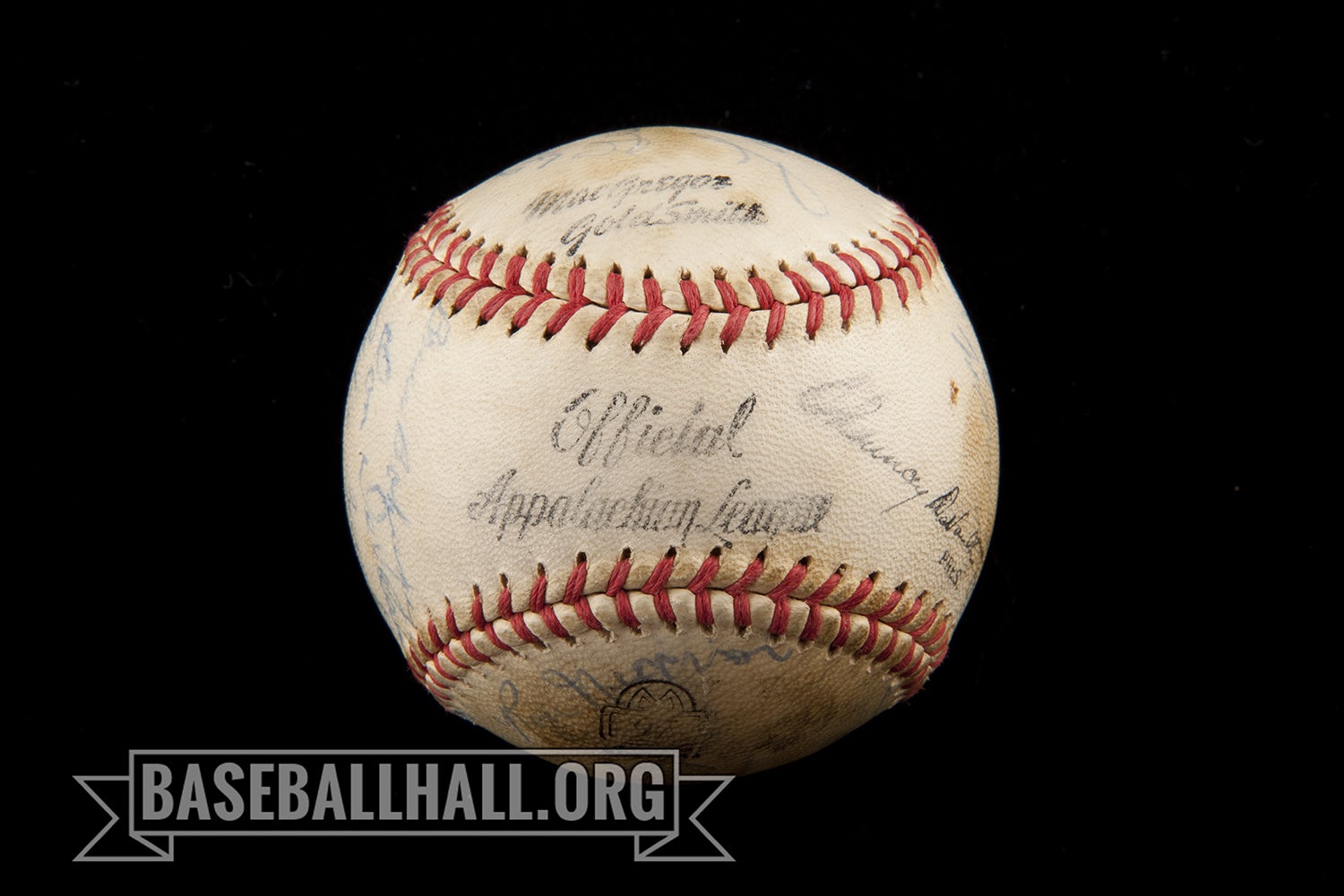
#Shortstops: A ball good for only strikeouts
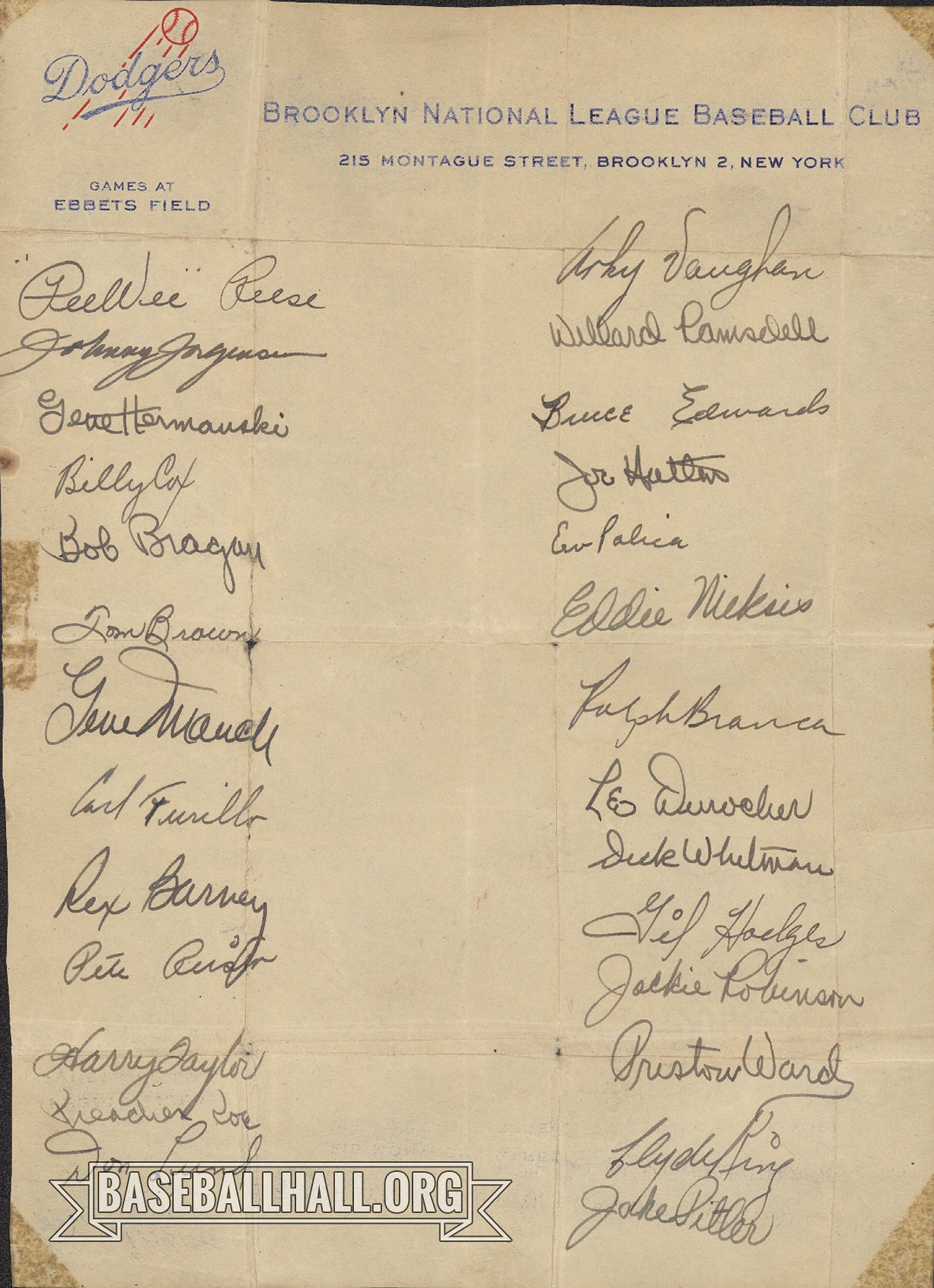
#Shortstops: Dodgers signed their way into history
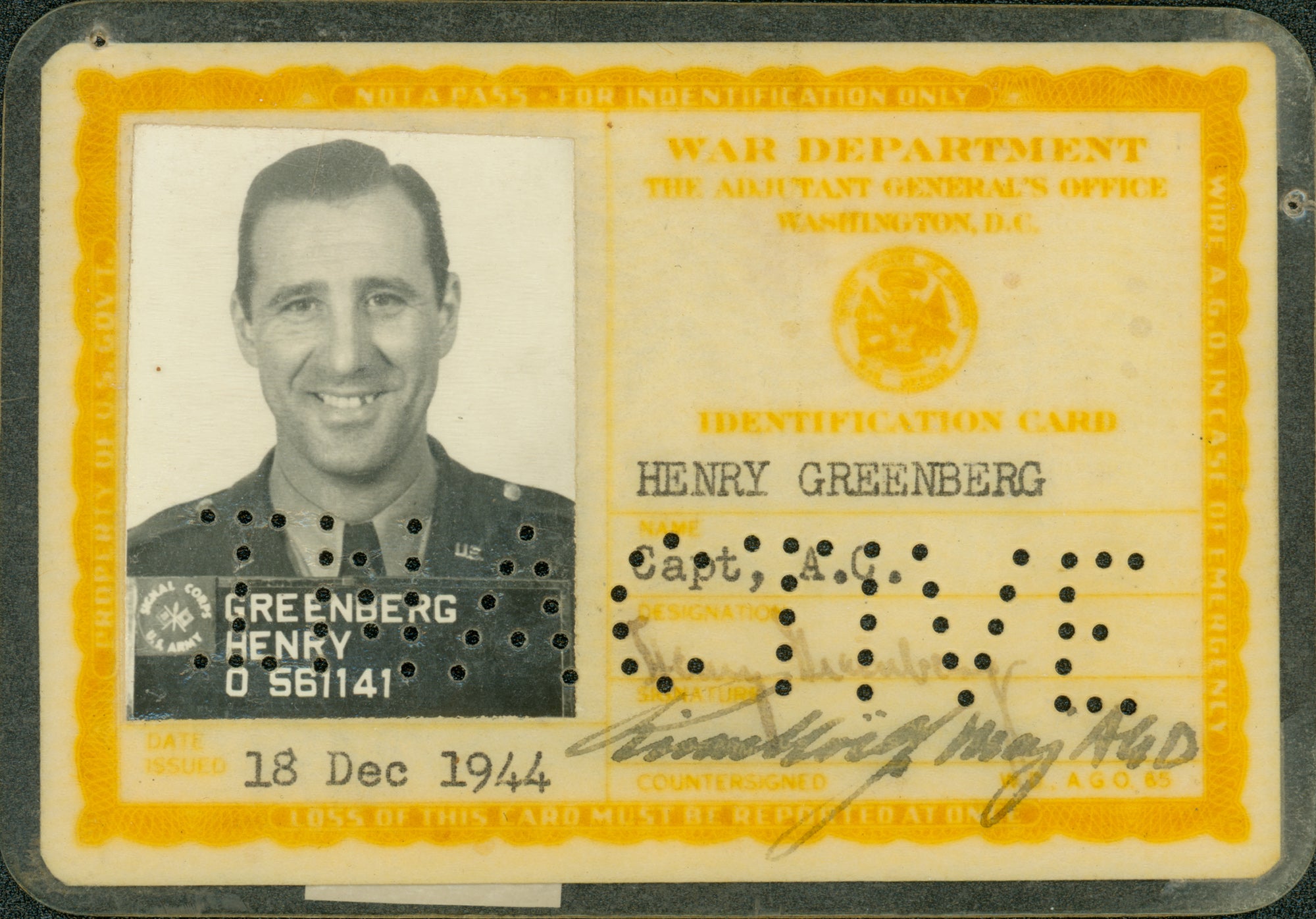
#Shortstops: Greenberg’s Full Service

#Shortstops: Here’s the Pitch

#Shortstops: A ball good for only strikeouts

#Shortstops: Dodgers signed their way into history

#Shortstops: Greenberg’s Full Service


